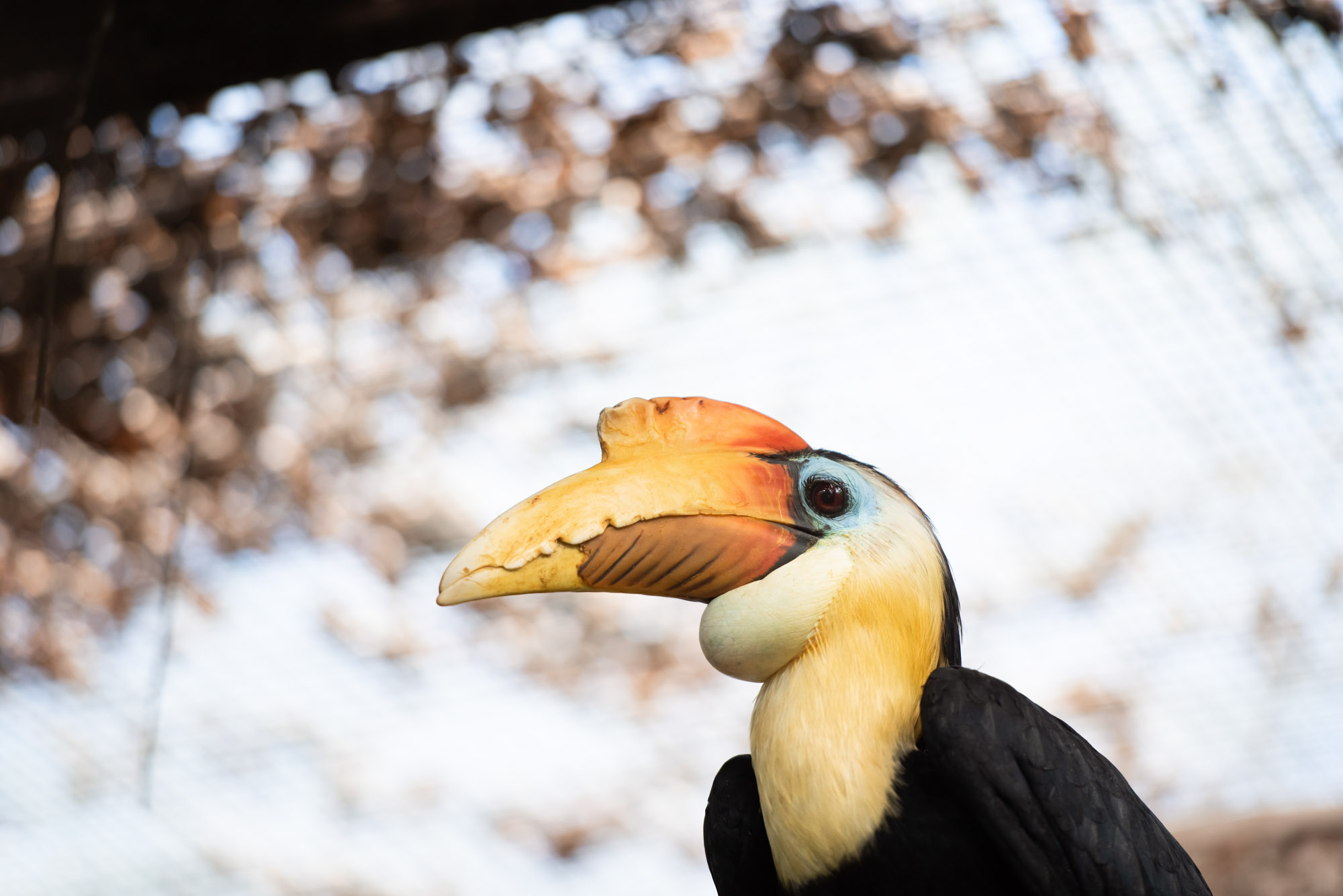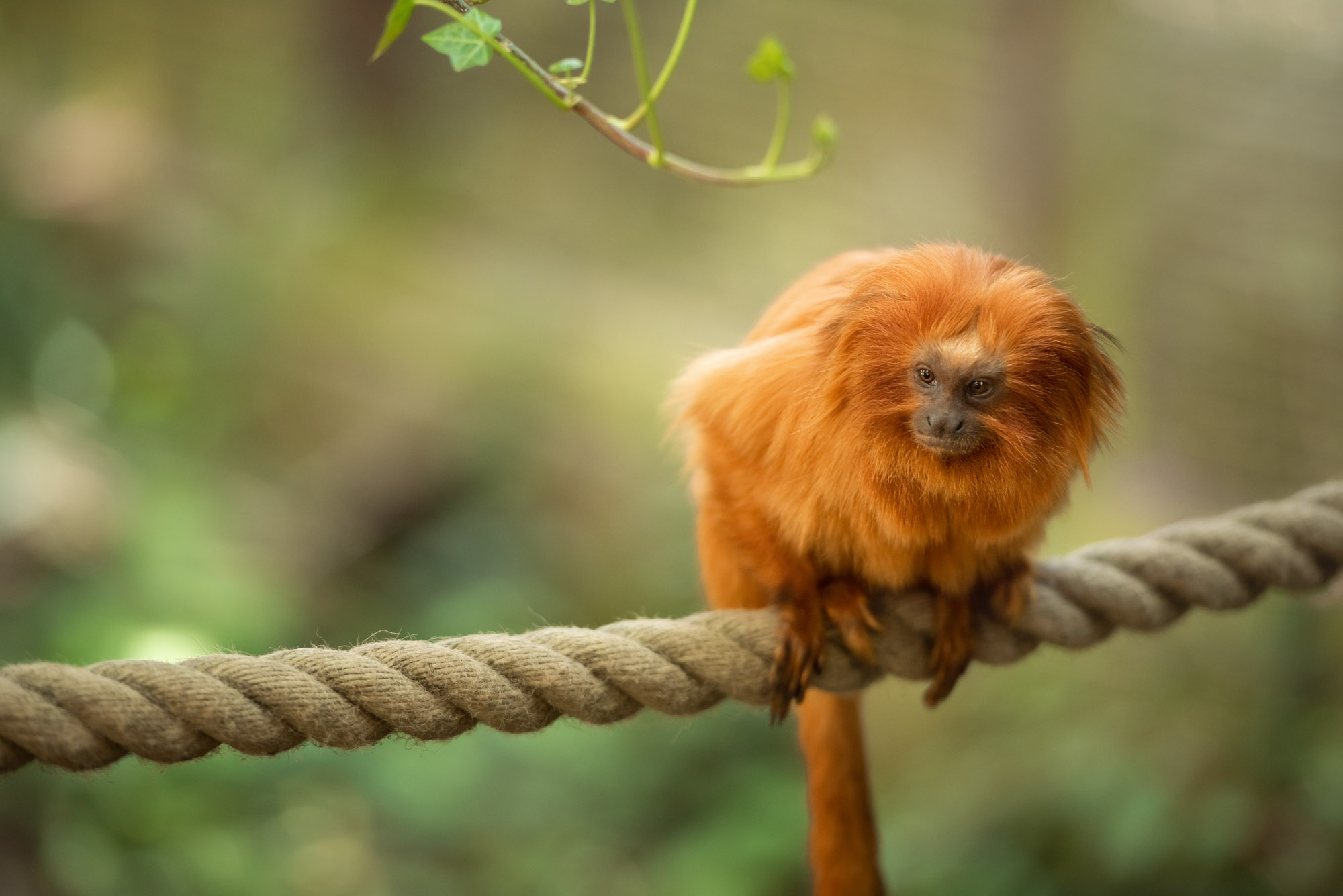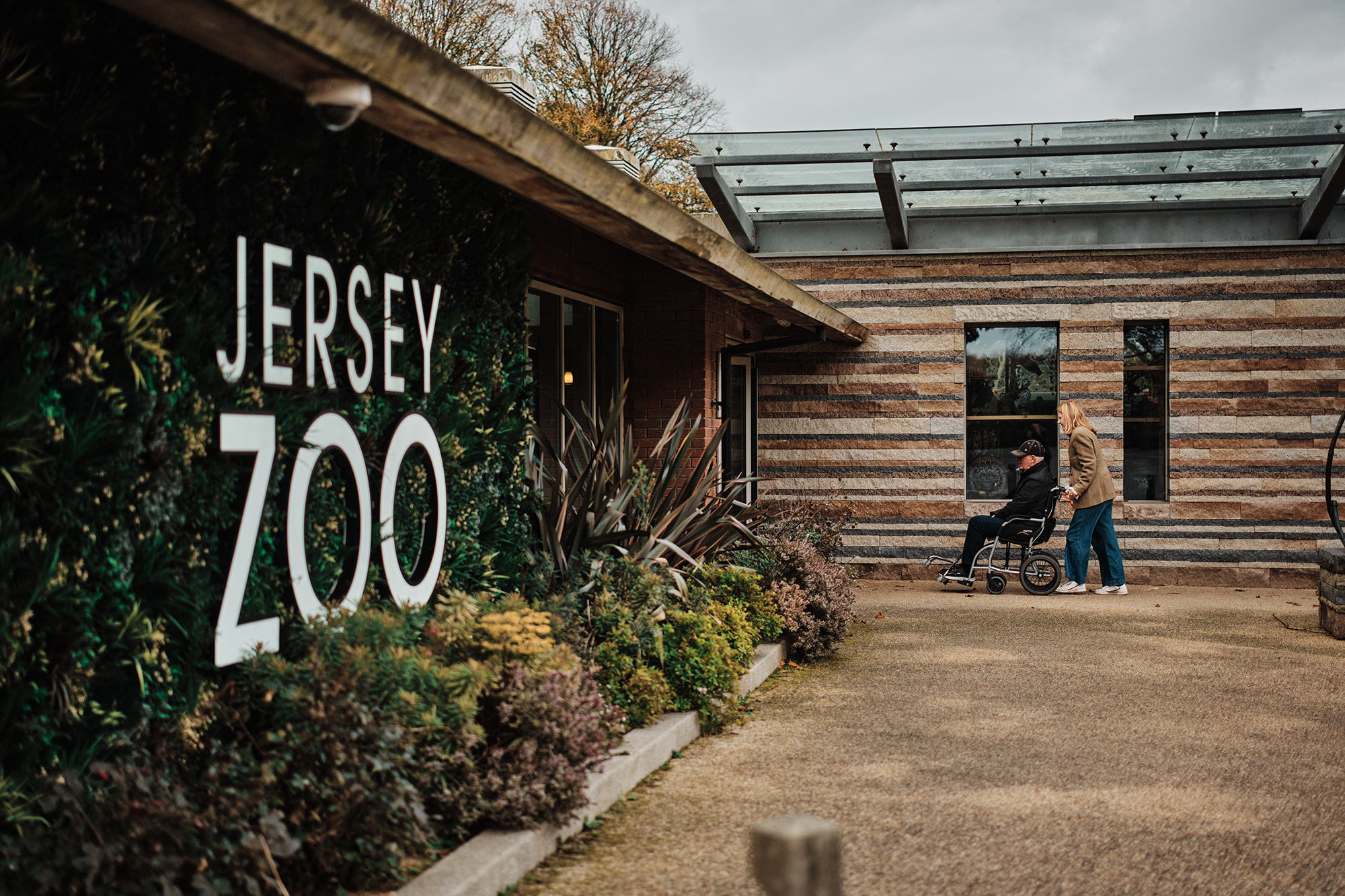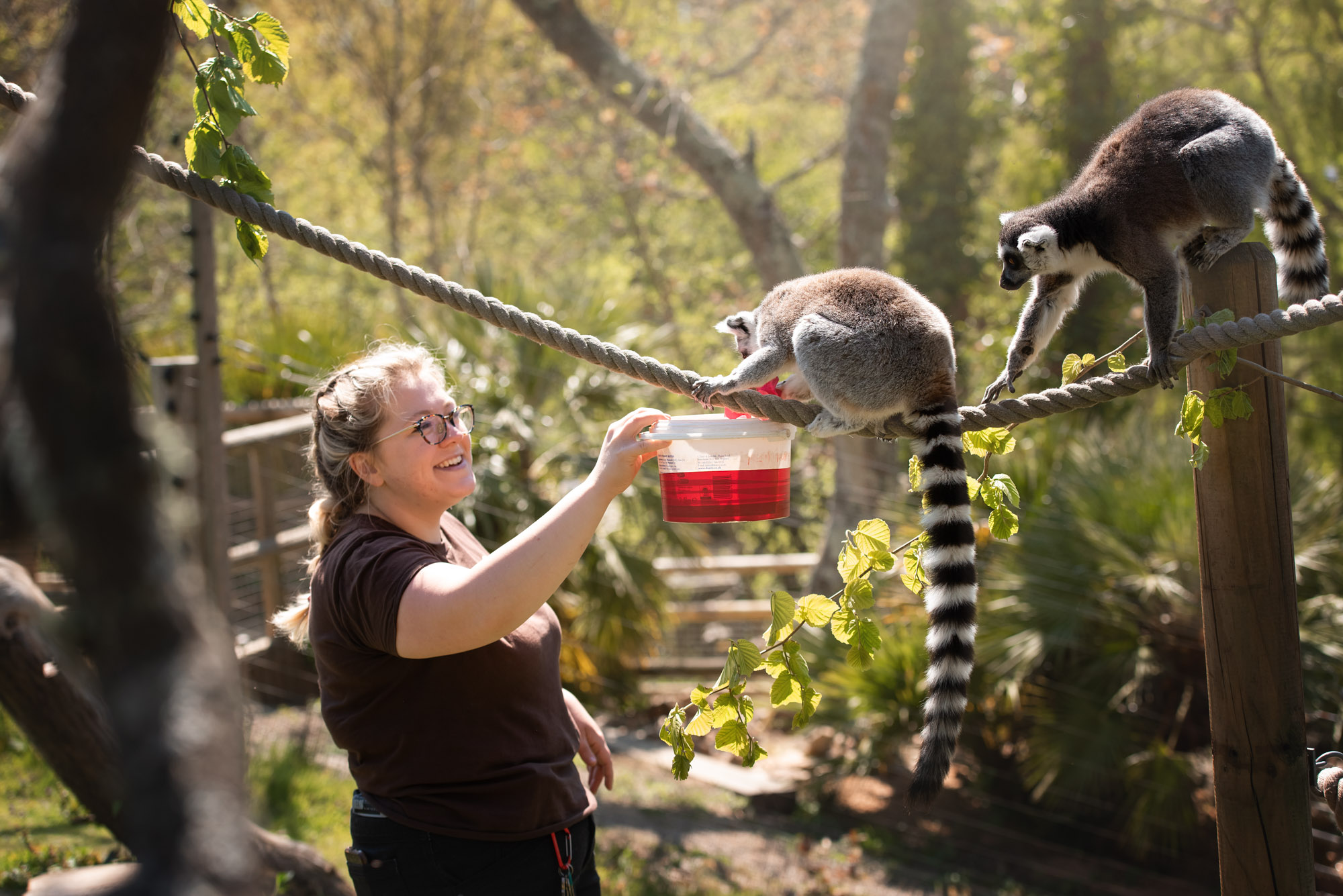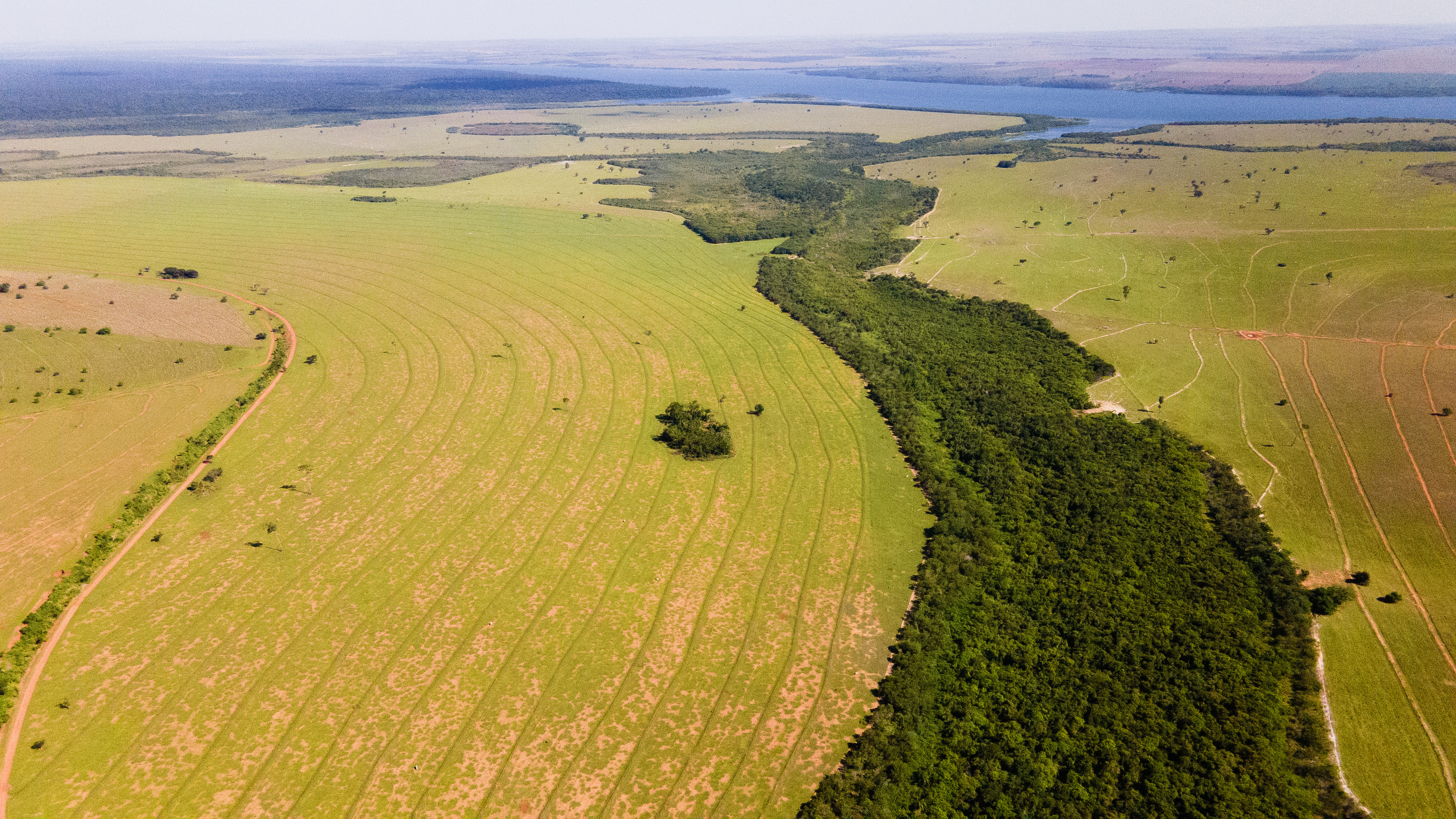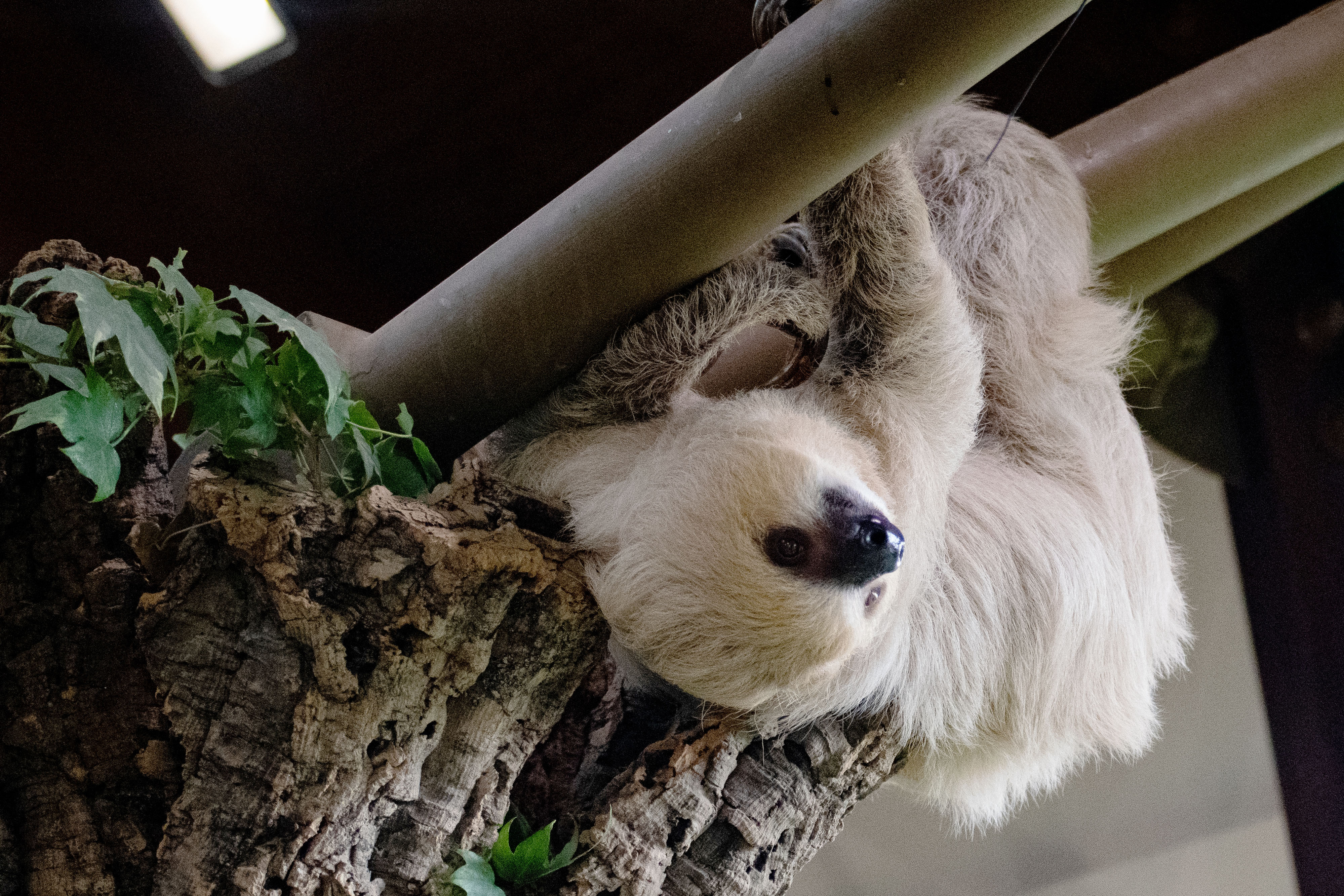The white-tailed eagle, also known as the sea eagle, was once a common sight in the UK until the early 20th century.
Following an intense and sustained period of persecution, it was completely extirpated. In the 1970s, efforts to restore a population of white-tailed eagles in Scotland began with the release of young birds on the Isle of Rum, marking the beginning of a long-term reintroduction programme. By the early 2000s, Scotland had over 50 breeding pairs and the species was declared officially re-established. Following this successful reintroduction programme, several further reintroductions have taken place across the UK, including additional releases in Scotland, Ireland and on the Isle of Wight. However, so far, no attempts have been made to re-establish the species in Wales.
The last known breeding pair in Wales was lost in the 1830s. White-tailed eagles are a majestic and iconic species with significant cultural and historical significance in Welsh mythology and folklore. We hope that in the coming years, a viable breeding population can be returned, restoring important ecosystem functions once again to the skies, rivers and coastlines of southeast Wales.

2.2-2.5
metre wingspan
20-25
years average lifespan
1830
last recorded breeding pair in Wales
What we're doing to help white-tailed eagles
Our partners
Support our work

